-
 UV11W High-efficiency Intelligent UV Water Sterilizer Cat:Ultraviolet Water Sterilizer
UV11W High-efficiency Intelligent UV Water Sterilizer Cat:Ultraviolet Water SterilizerThe UV11W High-efficiency Intelligent UV Water Sterilizer is an advanced water purification system that offers convenience and reliability. This steri...
See Details -
 UV16W-A Household Stainless Steel UV Water Sterilizer Cat:Ultraviolet Water Sterilizer
UV16W-A Household Stainless Steel UV Water Sterilizer Cat:Ultraviolet Water SterilizerThe UV16W-A Household Stainless Steel UV Water Sterilizer is an innovative solution for ensuring safe and pure water in your home. Designed with durab...
See Details -
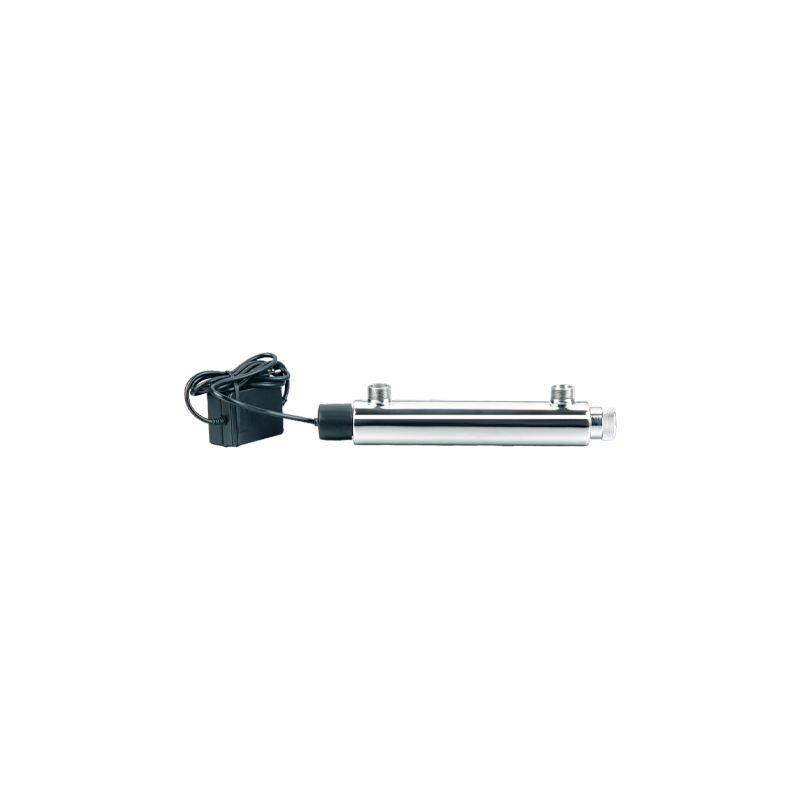 UV16W-B 304 Stainless Steel Water Purifier Ultraviolet Water Sterilizer Cat:Ultraviolet Water Sterilizer
UV16W-B 304 Stainless Steel Water Purifier Ultraviolet Water Sterilizer Cat:Ultraviolet Water SterilizerUV16W-B 304 Stainless Steel Water Purifier Ultraviolet Water Sterilizer is an efficient water treatment equipment based on advanced ultraviolet disinf...
See Details -
 UV25W Stainless Steel Ultrafiltration Pre-Filtration UV Sterilizers For Water Cat:Ultraviolet Water Sterilizer
UV25W Stainless Steel Ultrafiltration Pre-Filtration UV Sterilizers For Water Cat:Ultraviolet Water SterilizerUV25W Stainless Steel Ultrafiltration Pre-Filtration UV Sterilizers For Water uses high-quality stainless steel materials, which have superb corrosion...
See Details -
 UV30W-55W Automatic Ultraviolet Sterilizer UV Filtration For Drinking Water Cat:Ultraviolet Water Sterilizer
UV30W-55W Automatic Ultraviolet Sterilizer UV Filtration For Drinking Water Cat:Ultraviolet Water SterilizerThe core advantage of UV30W-55W Automatic Ultraviolet Sterilizer UV Filtration For Drinking Water lies in its efficient and rapid disinfection capabil...
See Details -
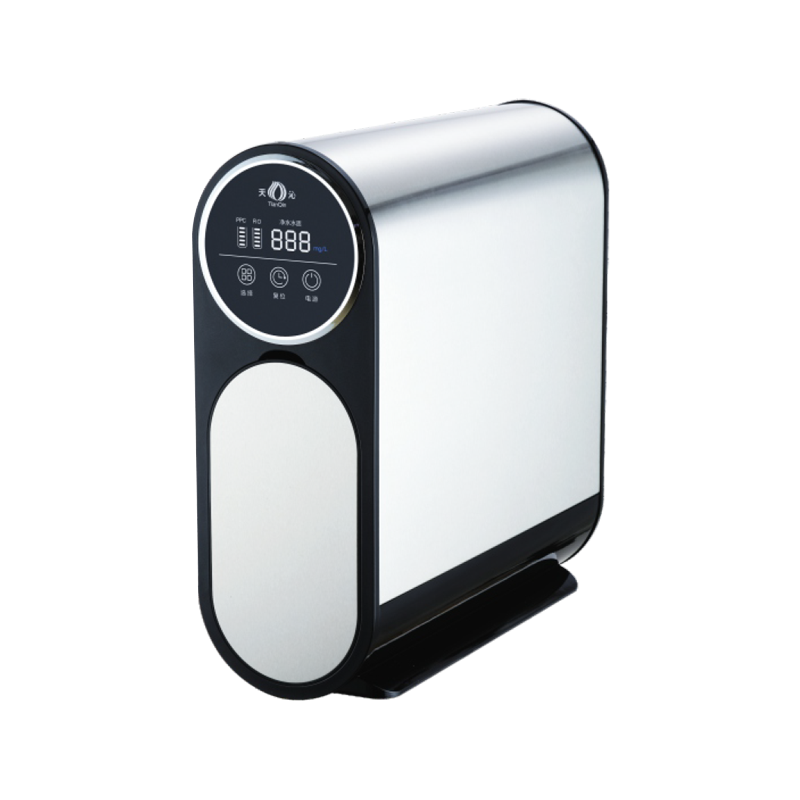 TQ-R03 Stainless Steel Booster Double Water Full Effect RO Water Purifier Cat:Stainless Steel Ro System
TQ-R03 Stainless Steel Booster Double Water Full Effect RO Water Purifier Cat:Stainless Steel Ro SystemTQ-R03 Stainless Steel Booster Double Water Full Effect RO Water Purifier is a household water purification device that combines efficient water purif...
See Details -
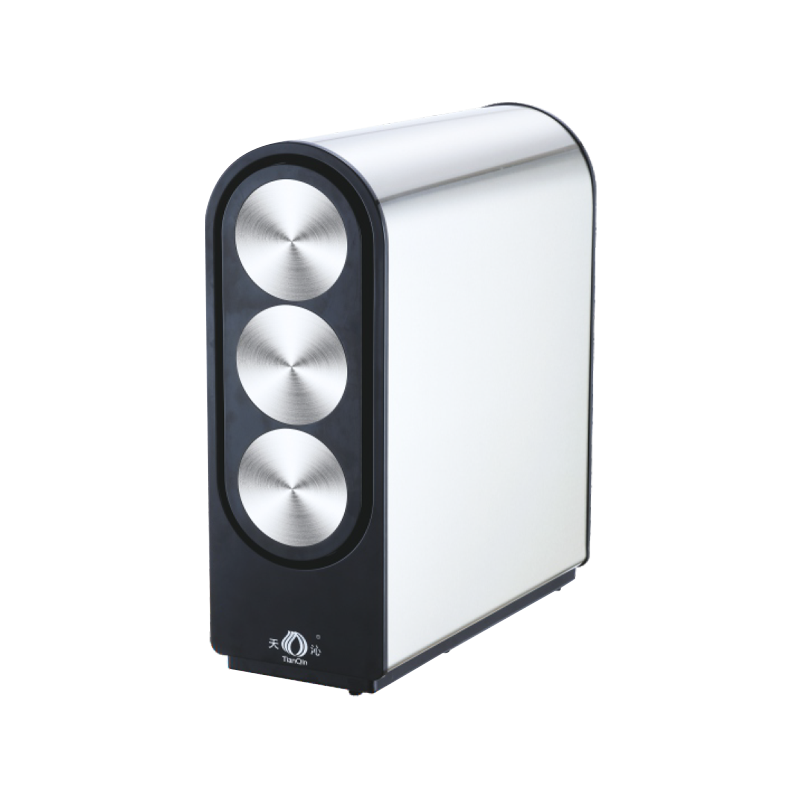 TQ-R05 Multifunctional Water Purification Source RO Water Purifier Cat:Stainless Steel Ro System
TQ-R05 Multifunctional Water Purification Source RO Water Purifier Cat:Stainless Steel Ro SystemThe TQ-R05 Multifunctional Water Purification Source RO Water Purifier is an advanced, versatile water purification solution designed for households a...
See Details -
 TQ-R06 Stainless Steel Environmentally Friendly RO Water Purifier Cat:Stainless Steel Ro System
TQ-R06 Stainless Steel Environmentally Friendly RO Water Purifier Cat:Stainless Steel Ro SystemThe TQ-R06 Stainless Steel Environmentally Friendly RO Water Purifier combines advanced RO filtration technology, durable stainless steel housing, and...
See Details -
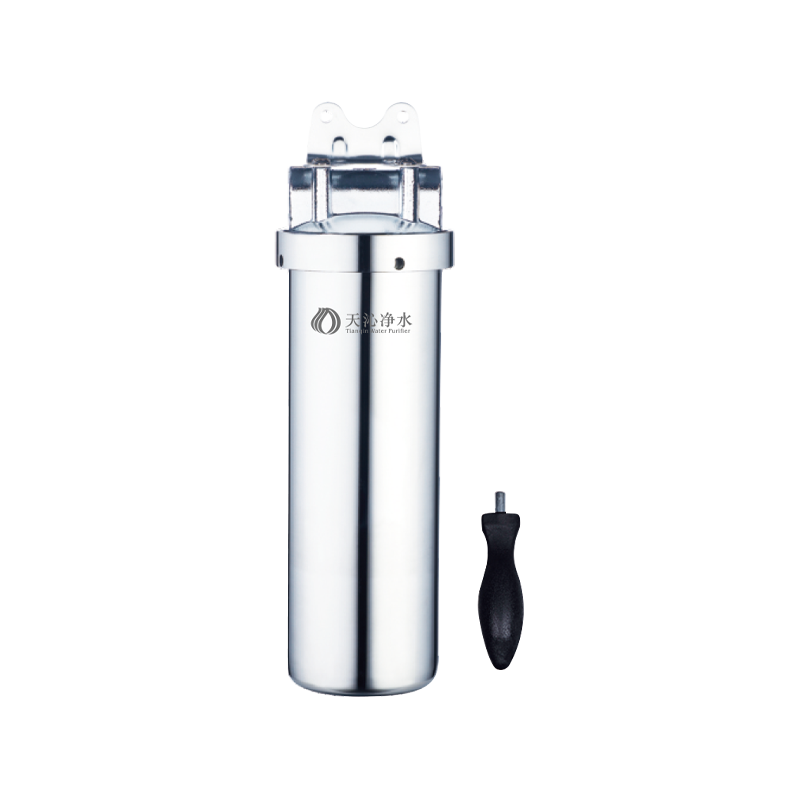 Stainless Steel Pure Double Water Pipe Water Purifier Cat:Stainless Steel Pipeline Water Purifier
Stainless Steel Pure Double Water Pipe Water Purifier Cat:Stainless Steel Pipeline Water PurifierThe Stainless Steel Pure Double Water Pipe Water Purifier is an advanced water purification system designed to provide dual-mode purified water with e...
See Details -
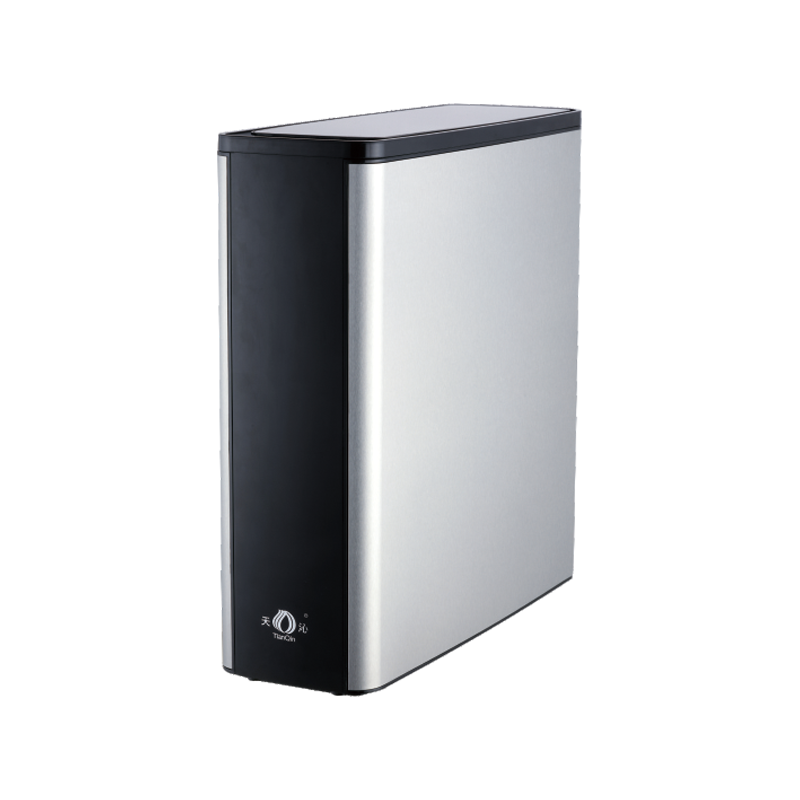 TQ-R08 Stainless Steel High-Flow RO Water Filter Cat:Stainless Steel Ro System
TQ-R08 Stainless Steel High-Flow RO Water Filter Cat:Stainless Steel Ro SystemThe Stainless Steel High-Flow RO Water Filter (TQ-R08) provides a powerful and effective solution for purifying drinking water, combining advanced rev...
See Details
The Role of Water Treatment in Preventing Waterborne Diseases Worldwide
Waterborne diseases continue to pose a significant health risk globally, particularly in areas with limited access to clean water and sanitation. According to the World Health Organization (WHO), an estimated 2 billion people worldwide drink water that is contaminated with fecal matter, making waterborne diseases one of the leading causes of illness and death in many developing countries. The role of water treatment in preventing these diseases cannot be overstated. Through effective treatment processes, it is possible to improve water quality, reduce harmful pathogens, and ultimately save millions of lives.
Content
What Are Waterborne Diseases?
Waterborne diseases are illnesses that are caused by consuming contaminated water. These diseases are typically caused by pathogens such as bacteria, viruses, protozoa, and parasites that can be found in polluted water sources. The most common waterborne diseases include:
- Cholera: Caused by the Vibrio cholerae bacterium, cholera can cause severe diarrhea and dehydration, which can be fatal if untreated.
- Typhoid Fever: Caused by Salmonella typhi, this bacterial infection affects the intestines and can result in fever, abdominal pain, and sometimes internal bleeding.
- Dysentery: Caused by Shigella bacteria or amoebic parasites, dysentery results in bloody diarrhea and severe abdominal pain.
- Hepatitis A: A viral infection that affects the liver, Hepatitis A is transmitted through contaminated water and causes fever, jaundice, and abdominal pain.
- Giardiasis: Caused by the Giardia parasite, this disease leads to gastrointestinal distress, including diarrhea, bloating, and cramps.
- Cryptosporidiosis: Caused by the Cryptosporidium parasite, this disease leads to stomach cramps, diarrhea, and dehydration.
While these diseases can be devastating in any setting, they disproportionately affect people in low-income and rural areas, where access to safe drinking water, proper sanitation, and effective health care is limited.
How Water Treatment Prevents Waterborne Diseases
Water treatment is the process of improving the quality of water by removing contaminants, making it safe for consumption and other uses. Properly treated water can significantly reduce the transmission of waterborne diseases by eliminating or neutralizing harmful pathogens. Various water treatment methods are used to address different types of contaminants, with the most common ones being filtration, disinfection, and chemical treatment.
Filtration
Filtration is one of the first steps in most water treatment processes. It involves passing water through various physical barriers—such as sand, activated carbon, or membrane filters—that trap and remove suspended particles, dirt, and larger microorganisms. Filtration can help remove:
- Bacteria and protozoa: Large microorganisms like E. coli, Giardia, and Cryptosporidium are typically too large to pass through the filter media.
- Sediment: Sand, silt, and organic matter that can harbor harmful pathogens are physically removed.
- Some viruses: While viruses are small and harder to filter out completely, advanced filtration methods like ultrafiltration and nanofiltration can trap even these tiny pathogens.
Proper filtration can significantly reduce the load of microorganisms in water, making it much safer for drinking and use in sanitation.
Disinfection
Disinfection is another key step in the water treatment process, as it kills or inactivates microorganisms that may remain after filtration. Common disinfection methods include:
- Chlorination: Chlorine is the most widely used disinfectant in municipal water systems. It is effective at killing bacteria, viruses, and other pathogens. However, it may not fully eliminate some protozoa or viruses that are resistant to chlorine.
- Ultraviolet (UV) light: UV treatment uses ultraviolet radiation to damage the DNA of microorganisms, rendering them unable to reproduce and causing them to die. UV is effective at killing a broad range of pathogens, including viruses, bacteria, and protozoa, without the use of chemicals.
- Ozonation: Ozone gas (O₃) is a powerful oxidizing agent that can effectively disinfect water by breaking down microbial cell walls. It is particularly effective against viruses and bacteria, but ozone must be produced on-site, which can be costly.
- Boiling: Boiling water is one of the oldest and most effective methods for disinfecting water, especially in emergency or rural settings. Boiling kills most pathogens, including bacteria, viruses, and parasites, but it requires energy and can be impractical in large-scale water treatment.
These disinfection methods, when applied correctly, are effective at killing or inactivating the harmful microorganisms responsible for waterborne diseases.
Chemical Treatment
In addition to disinfection, chemical treatment is often used to address specific contaminants in water. Common chemical treatments include:
- Flocculation: This process involves adding chemicals (usually aluminum sulfate or ferric chloride) that cause small particles, including bacteria and other pathogens, to clump together into larger particles (flocs). These larger particles can then be removed more easily through filtration or sedimentation.
- Activated Carbon: Activated carbon filters are used to remove organic chemicals, chlorine, and other contaminants that may affect the taste or odor of water. They are also effective at removing some pesticides and volatile organic compounds (VOCs) that can be harmful to health.
Chemical treatments are often used in conjunction with physical and biological methods to address specific water quality issues, such as removing heavy metals or improving taste.
Global Impact of Water Treatment on Public Health
Water treatment has been a critical factor in reducing the spread of waterborne diseases and improving public health worldwide. Historically, the introduction of modern water treatment technologies has had a profound effect on reducing mortality and morbidity associated with waterborne diseases, especially in industrialized countries.
Reducing Global Disease Burden
According to the WHO, waterborne diseases are responsible for approximately 3.4 million deaths each year, with the majority of these deaths occurring in low-income countries with poor access to clean water and sanitation. The implementation of safe water treatment systems has been shown to significantly reduce the incidence of diseases like cholera, dysentery, and typhoid fever, which are highly endemic in these regions. In fact, safe water treatment has been identified as one of the most effective public health interventions to reduce the global burden of infectious diseases.
Enhancing Access to Safe Drinking Water
Water treatment technologies have helped provide safe drinking water to millions of people worldwide, especially in areas where natural water sources are contaminated or where waterborne diseases are endemic. In many parts of the world, simple water treatment interventions like chlorination or solar disinfection (SODIS) have drastically reduced waterborne illness rates, improving quality of life and reducing healthcare costs.
Building Resilience to Climate Change
As climate change leads to more extreme weather events—such as floods, droughts, and heavy rainfall—water quality can be severely impacted. Effective water treatment systems help ensure that communities can continue to access safe water even during environmental crises. Moreover, treatment systems that remove harmful chemicals, such as pesticides, heavy metals, and pollutants from industrial runoff, are becoming increasingly important in protecting public health in urban and industrialized regions.
Challenges in Global Water Treatment Access
Despite the significant advancements in water treatment technologies, challenges remain in providing universal access to clean water. In many low-income and rural areas, infrastructure issues, lack of funding, and inadequate awareness continue to hinder the implementation of effective water treatment systems. Additionally, some regions face challenges related to water contamination from industrial pollutants, climate change, and over-extraction of water resources.
The United Nations has set the Sustainable Development Goal (SDG) of ensuring availability and sustainable management of water and sanitation for all by 2030. Achieving this goal will require concerted efforts from governments, private industries, and international organizations to invest in water treatment infrastructure, improve water quality monitoring, and ensure equitable access to clean water for vulnerable populations.



 English
English 中文简体
中文简体




